
According to the CEO of the International Energy Agency (IEA), Fatih Birol: Solar photovoltaic was for the first time the source of new energy that grew faster in 2016. The agency described the data as “excellent news”.
In submitting your annual report Renewables 2017, Birol pointed out that “after evaluating all forms of fuel - oil, gas, coal, renewables - and their implications in the energy markets, the one focused on renewables shows excellent news for the industry".
Solar energy
The 2016 analysis revealed that new solar PV (photovoltaic) capacity grew by 50% and that China was the country to which almost half of its capacity was attributed. global expansion. "Behind the success story of renewables, we find two main drivers: strong support for government policies and technological improvements," said the manager.
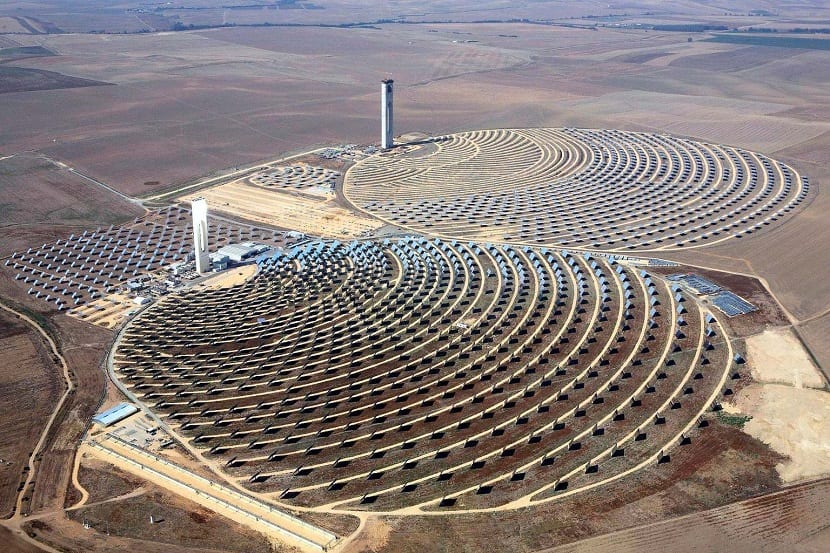
When shelling out the fundamental points of the text, Birol underlined the speed with which PV solar energy grew last year, which for the first time outpaced the growth of other energy sources.
According to the report, renewables accounted for nearly two-thirds of the world's net new energy capacity last year, at nearly 165 gigawatts, and will continue to make a strong impact for years to come. The text anticipated an increase in electrical power capacity of 2022% before 43.
In fact, solar energy, which became cheaper over the past year more than 75%, is already cheaper than any other type of energy produced with coal, oil or gas.
This is all great, but it's not enough. If solar energy wants to be a global player, it needs to be more profitable than other short-term energy sources: Currently it is already, in addition, in more than 50 countries, solar energy is the cheapest energy of all.
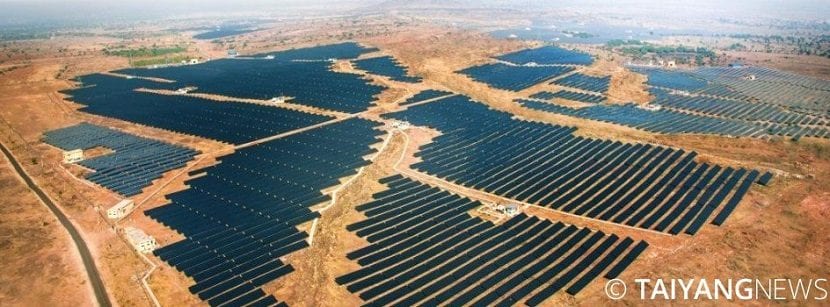
The energy battle is 20 years ahead
Although we normally look at the production price per kilowatt hour, that is not the most interesting price for adoption of renewable energies. At least, in a context like the current one in which renewables do not have subsidies to pay for investments.
Energy systems with giant structures in investments are made with several years of anticipation, even decades. That's one of the reasons why adoption of renewables is slow: once a nuclear, gas, coal (or any other type) plant has been built, it is not feasible to shut it down until the end of its useful life. If it were, normally the investment would not be recovered, which is not going to happen because of the big lobbies out there.
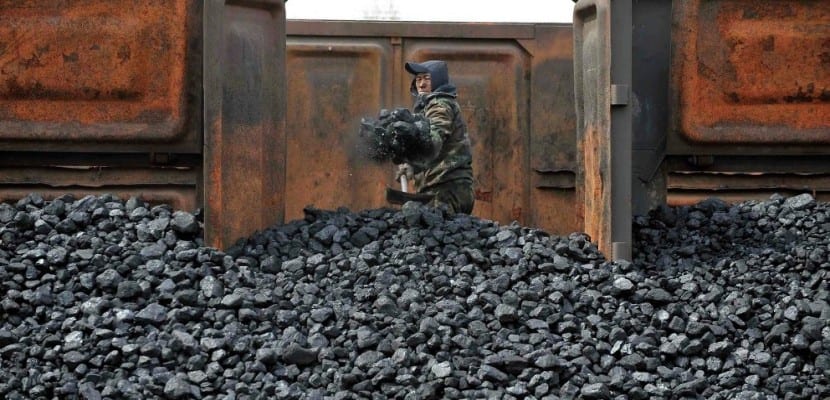
In other words, if we want to study in detail how the composition of the energy market is going to evolve, we must look at how much it costs to start up each energy from scratch. The short and medium term profitability of power plants is key in the final decision of businessmen and politicians; Or, put another way, energy that is very cheap to produce and requires a very high initial investment will never be adopted.
Solar power can compete with anyone
According to several reports from more than one body, on the energy industry: «Unsubsidized solar power is starting to drive coal and natural gas off the market In addition, new solar projects in emerging markets are costing less than wind.
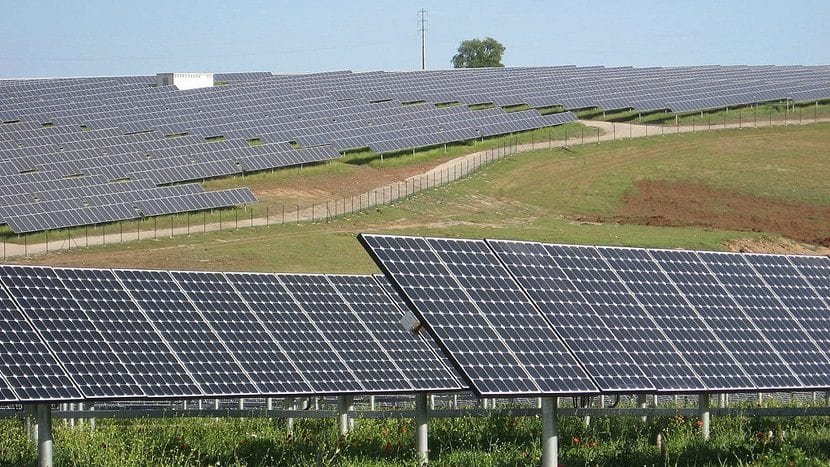
And, indeed, in almost sixty emerging countries the average price of the solar installations needed to producing each megawatt has already dropped to $ 1.650.000, below the 1.660.000 that wind energy costs.
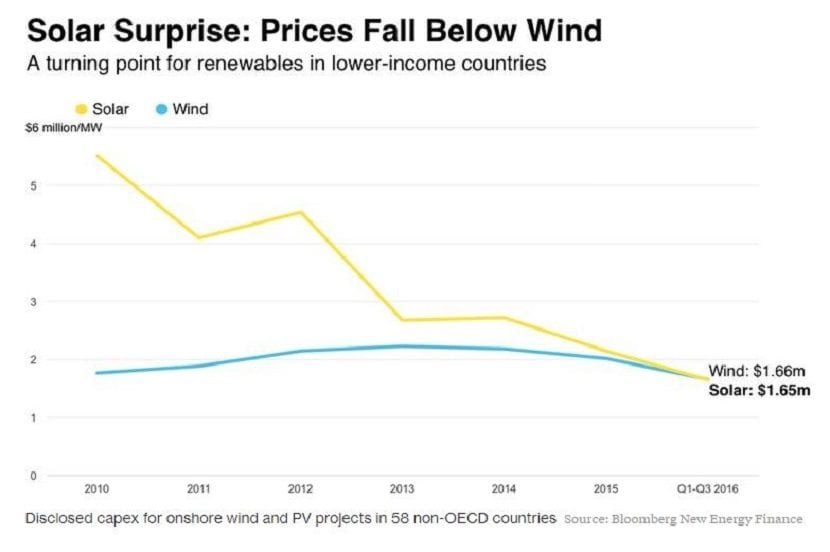
As we can see in the previous graph, the evolution is quite clear. This means that emerging countries, which in general are the ones with the greatest increase in CO emissions2.
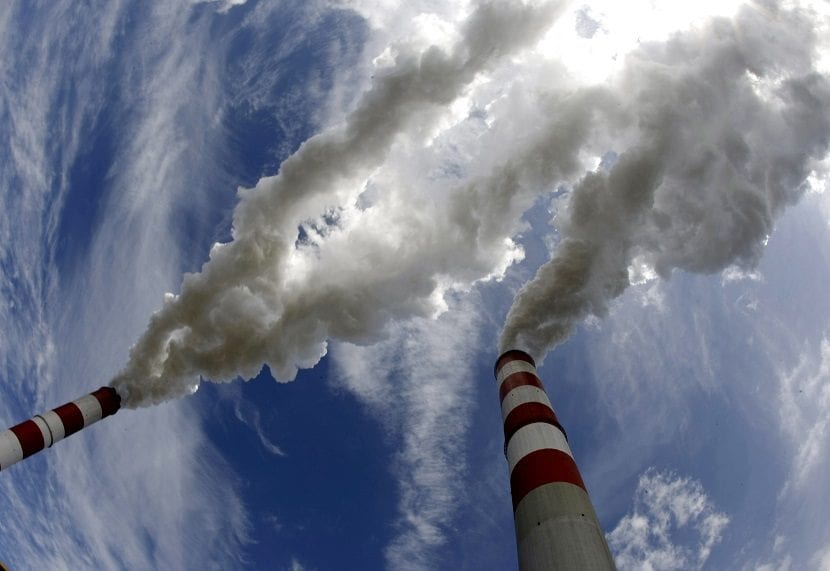
They have found a way to generate electricity at a competitive price and in a totally renewable way.
Solar panels that work with low insolation
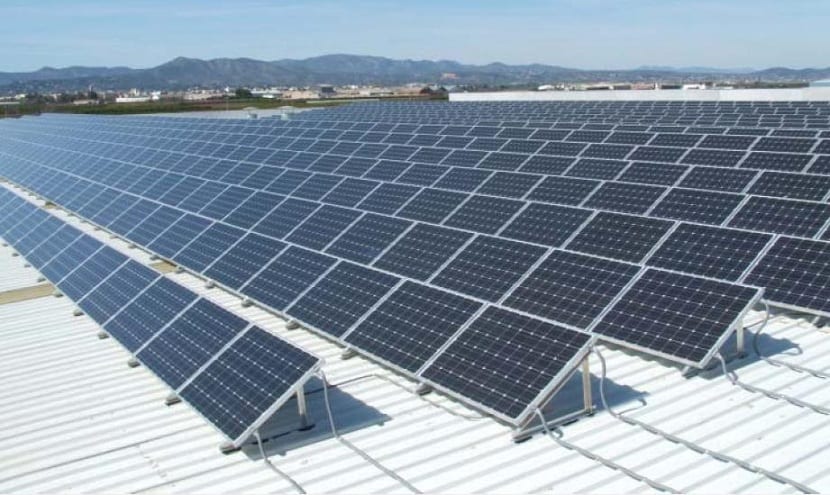
Solar energy has always had a big drawback: the amount of solar radiation and meteorology. On days with a lot of wind, cloudy, rainy or foggy days, the amount of solar radiation that hits the solar panels is less. Therefore, the amount of energy that the solar panel is capable of generating is much less. This leads to instability in the power supply.
The objective is to be able to increase the efficiency in the conversion of direct light until you see more solar radiation again and generate enough energy, although the meteorological conditions make the brightness lower.
New material that absorbs a lot of sunlight
Material capable of absorbing large amounts of sunlight is flame LPP (for its acronym in English "long-lasting phosphorus") and can store solar energy during the day so that it is collected at night.
Only partially visible light can be absorbed and converted into electricity, but LPP It can store solar energy from unabsorbed and near infrared light. That is, a material capable of absorbing light in a broader spectrum such as infrared.
We remember that the margin of the electromagnetic spectrum that humans can see is the visible region. However, there are many types of radiation of different wavelengths and intensity such as infrared rays.
Thanks to these panels, a large amount of energy can be stored not only from direct sunlight, but other regions of the electromagnetic spectrum can also be transformed into electrical energy.